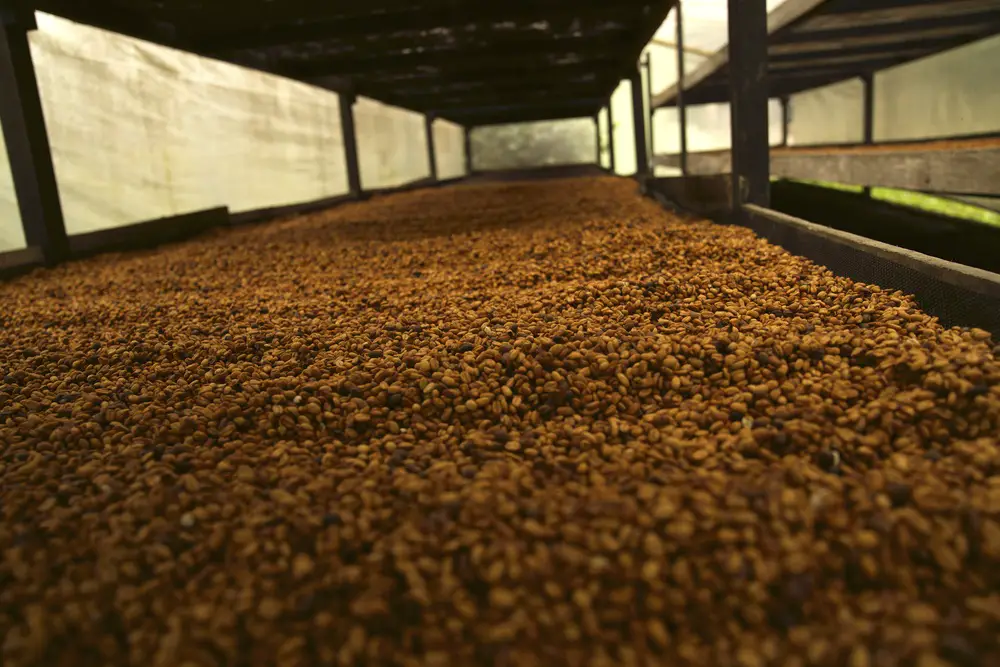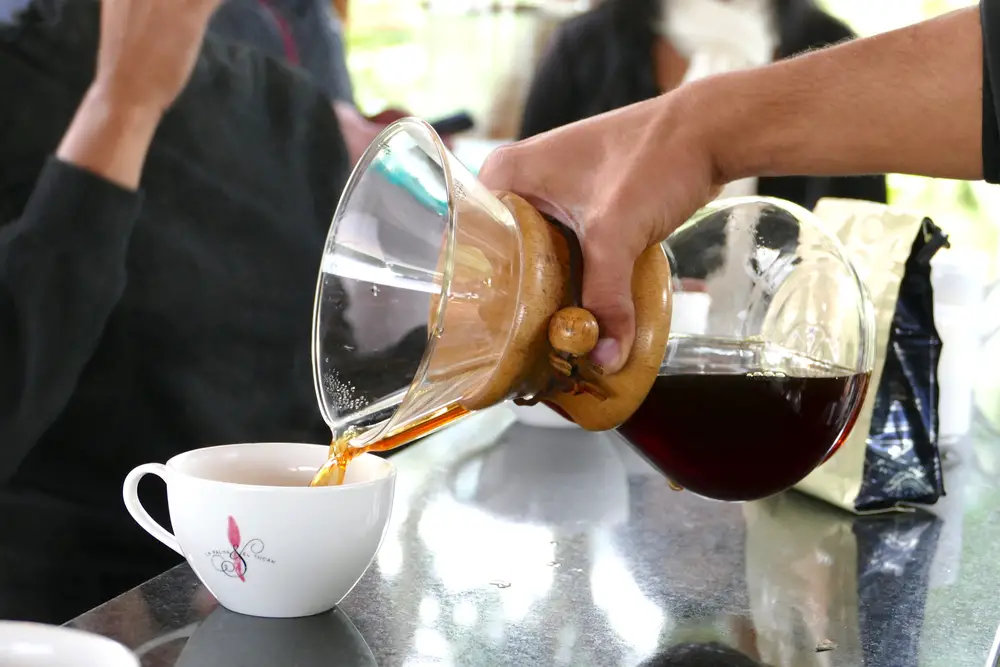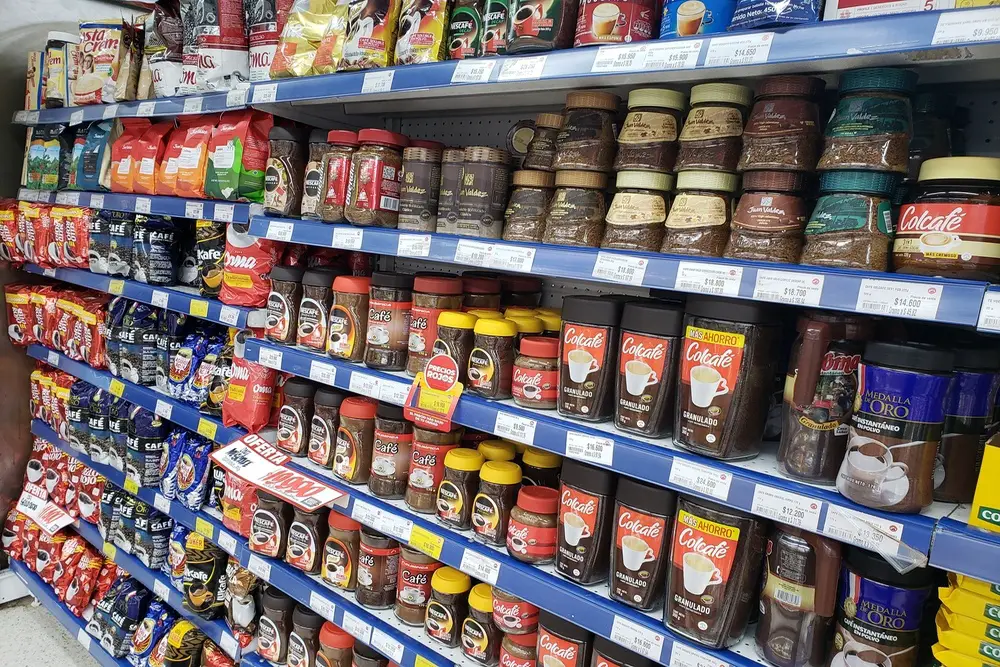Madagascar is the largest island in the world and is located in the southwest of the African continent. There is a great variety of wildlife here, over 90% of which cannot be found anywhere else in the world.
In Madagascar, coffee in all its aspects is a way of life, almost a national obsession. Most Malagasy (residents of Madagascar) are dedicated to the production and consumption of coffee.
Table of Contents
History of coffee in Madagascar
As in other countries, coffee in Madagascar has a long and important history, which is not surprising given the favorable geographical and climatic conditions. It is believed that coffee was brought to Madagascar around 500 years ago with a single species of coffee plant from what is now Ethiopia.
Since then it has mutated and evolved into over 60 types of coffee that can be found on the island thanks to natural propagation by Malagasy wildlife, which uses the coffee plant and its cherries as a food source.
The human coffee tradition in Madagascar was encouraged by the French conquerors in the late 19th century. The increasing demand for coffee and the varieties of its plants proved a great hit with the settlers.
Coffee exports increased and the French controlled coffee production on the island. This was until Madagascar gained independence in 1960.
Over the next 60 years, coffee and its exports grew rapidly and became one of the most important industries.
One of the native spices, an Arabica coffee originating from Bourbon Island, was very popular and widely consumed in Europe. This demand, combined with the new agricultural practices of the French, led to a rapid increase in coffee production.
Coffee production in Madagascar peaked in the 1980s and early 1990s. As industry grew, it employed 25% of the population and contributed half of the country’s agricultural exports.
The country’s heavy reliance on the coffee industry created a perilous situation, as Madagascar found in the late 1990s when the price of coffee collapsed, crippling the country’s economy, the effects of which are still being felt today.
Geography of Madagascar
Madagascar is the largest island on the African continent, separated by the Mozambique Channel. As mentioned, it is surrounded by the sea and is one of the most recognizable land masses on the world map.
Located between the Tropic of Cancer and the Tropic of Capricorn, the climate is ideal for growing coffee. The tropical regions are ideal for growing coffee, so this region is also known as the country of the coffee belt.
Malagasy coffee cultivation
Madagascar’s success with high value crops other than just Robusta has raised hopes that Arabica coffee production and cultivation will increase in the future and eventually Madagascar will enter the specialty coffee market, bringing significant income to the country.
The US Agency for International Development (USAID) is working to revitalize the island’s coffee industry in poor areas by helping Arabica farmers thrive.
The agency is working to set up new coffee processing centers and training for farmers, teach new techniques from growing to roasting, and promote more sustainable farming practices.
The Robusta coffee beans exported from Madagascar are now considered to be of high quality. France is the main importer.
Robusta is grown in the tropical areas of the country at altitudes between 100 and 300 m along the east coast in the Vatova region By Fito Vivany, Antalaha cultivated. Tamatave also on Nosy Be in the northwest near Ambanja and along the Sambirano River.
Arabica is grown at higher elevations in the central highlands, in the province of Antananarivo and near Lake Alaotra.
Coffee production in Madagascar
Coffee production in Madagascar is 90% Robusta and 10% Arabica.
Robusta coffee has a lesser reputation for its bitter taste, but it’s good to know that Robusta beans are used in very successful infusion blends. Because of this, Arabica coffee will provide a more enjoyable experience.
Most of the coffee produced in Madagascar is consumed domestically, only 20% is intended for export. Although coffee exports are not as high as they used to be, coffee culture continues to thrive.
In Madagascar, family farms dominate production. These farmers invest a lot of time and effort to ensure a quality product. The coffee cherries are hand-picked before being washed and sun-dried, like in other regions of the world.
Most coffee plants have been grown organically for hundreds of years, but there is no certification to back this up. By nurturing their crops with natural and wild fertilizers, the farmers ensure the coffee is grown in the healthiest possible way. This promotes the preservation of biodiversity and the reduction of pollution in the natural environment.
According to the Espresso E Coffee Guide, the following information is known about the production of coffee in 60 kg bags:
- 2016: 475,000 = 62,700,000 pounds
- 2015: 449,335 = 59,312,167 pounds
- 2014: 500,497 = 66,065,644 pounds
- 2013: 584,203 = 77,114,756 pounds
- 2012: 499,709 = 65,961,641 pounds
Trade in coffee from Madagascar
Should you ever be in the country, one thing is certain: you won’t have to look far to find excellent green coffee beans. These are sold in markets across Madagascar, where they are traditionally taken from large sacks containing empty cans of condensed milk.
Not only raw coffee is sold at these markets, but also brewed coffee, which is an important source of income for many people in Madagascar. This is particularly true for women: in sub-Saharan Africa, 51% of all female non-farm workers are shop assistants.
Coffee consumption in Madagascar
The people of Madagascar consume large amounts of coffee, which accounts for about 42% of the country’s production.
If you want to drink coffee like the Malagasy, you have to brew it very strongly, but really strongly. Malagasy coffee is typically served black with condensed milk if you prefer a sweeter taste, but it’s always heavily brewed.
The street vendors cook their own roasted coffee in pans from local stalls. The result is a fresh, strong cup of coffee that cannot be duplicated with any other roast.
Despite their stronger flavor, they don’t taste bad, and the higher caffeine content is popular with Malagasy people for its greater energy-boosting effects. The full-bodied, intensely flavored Robusta variety is at home in the traditional hand-roasted Malagasy coffee culture.
The future of Malagasy coffee
The prospects for coffee production in Madagascar are superficially positive. But one of the first problems is deforestation, as most farmers use unsustainable burn-and-burn techniques and limited use of agroforestry environments.
According to Perfect Daily Grind, the rivers are at great risk from excessive soil erosion as a result of deforestation. Endemic species such as fruit bats and lemurs, which play important roles in seed dispersal and fertilization of plants, are losing their habitats.
In this case, the prospects for the future are not positive, since the current economic, environmental and agricultural conditions do not do much to improve the situation.
The best that can be done in this country right now to improve the industry is a focus on education, investment and most importantly public sector involvement.



